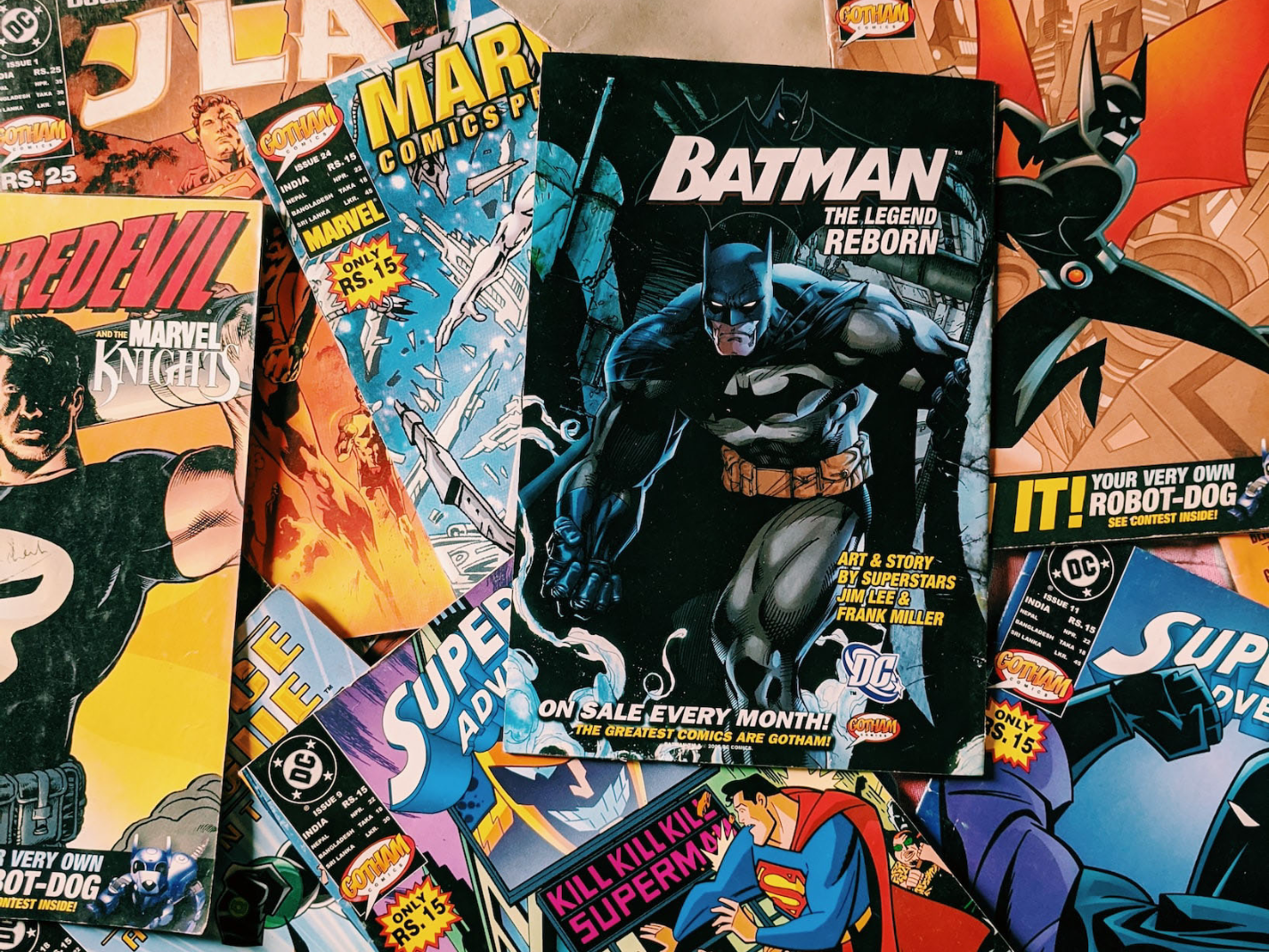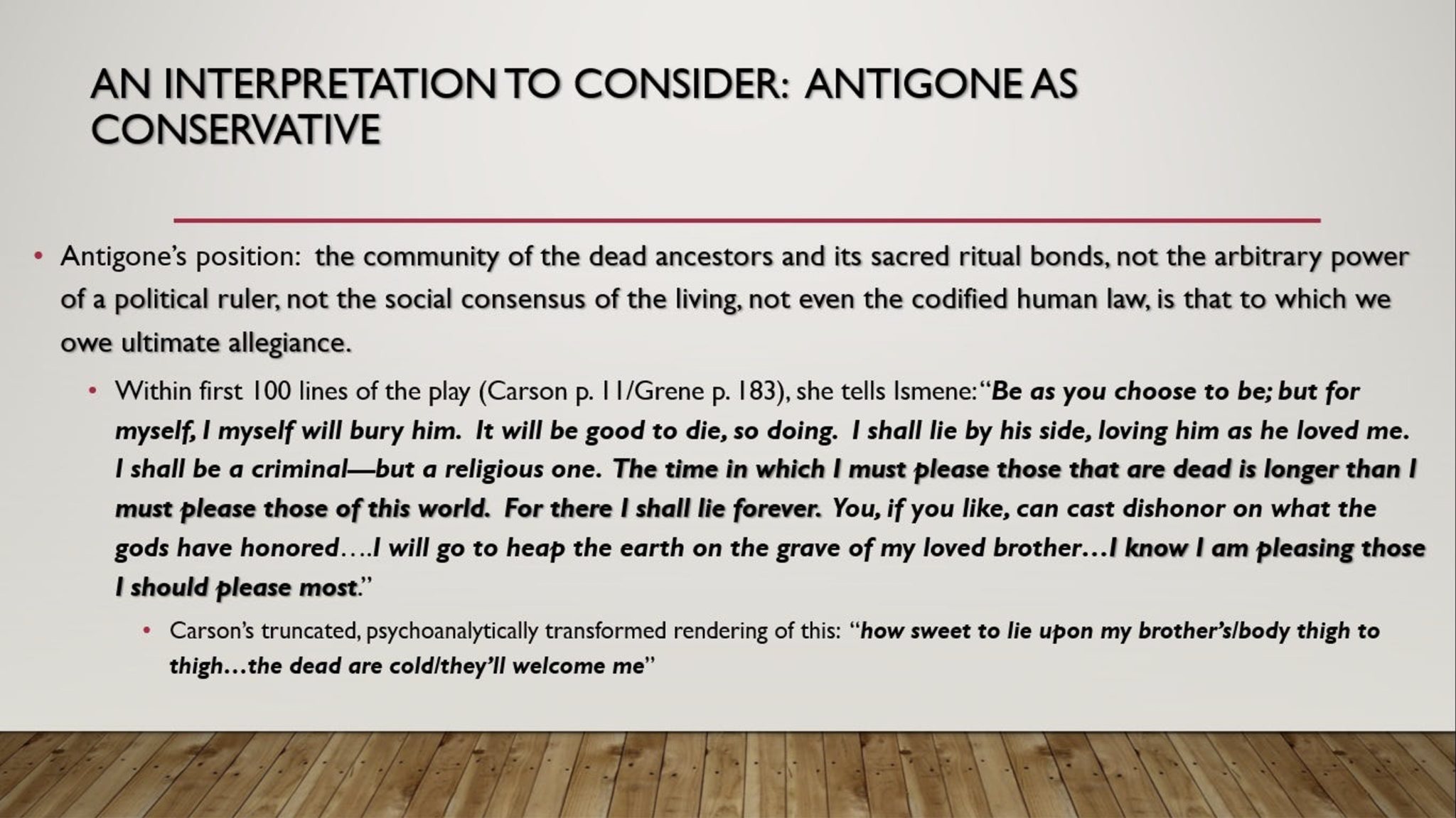
The common first-year reading for new students at my university this year was a comic book—or a ‘graphic novel,’ in the Newspeak of our contemporary culture. In it, George Takei (Mr. Sulu of Star Trek fame), through a team of ghostwriters, tells a monolithically woke version of the story of Japanese internment during WWII.
First point: This is what we are giving to new students to introduce them to academic life.
A comic book.
I refuse the glorified Newspeak term. I’ve seen the book in question. It’s a comic book, albeit a bit longer than the ones I read when I was in elementary school. Two hundred pages, most of them with word counts in the single or double digits. Some pages with no words at all. If I generously give the book fifty words a page, that yields a word count of about a sixth of what you’d find in a non-graphic novel—that is, a novel—of the same page length.
Here’s the message that this sends to parents: “Send your kids to a pricey liberal arts college, and we will give them books to ‘read’ that have almost no words in them to be read. Such is the level of faith we have in their ability to handle anything approaching serious thinking. Comic books are what they can handle and what we consider ‘higher education.’”
Second point: It is a comic book not only in its paucity of words and abundance of drawings but in the simplicity of its narrative. The story Takei’s ghostwriters tell consists solely of unrelenting racist hatred for the Japanese in U.S. elite circles, with no plausible defense of this policy, however qualified. One doesn’t even have to apologize for the policy to recognize that the truth involved here is far more complicated than this comic book story.
The surprise attack on Pearl Harbor was a wake-up call regarding the daring and technological abilities of the Japanese military, and there were real logistical reasons to fear that the West Coast was vulnerable to espionage. The Japanese government itself was the most important source that had indicated, in cables our military intercepted, that it would endeavor to find potential allies inside the U.S. in the Japanese immigrant community, and it seemed confident it could do so.
[Related: “Colleges Helped Cause the Enrollment Crash”]
There was, in fact, an intelligence program, MAGIC, which at the outset of the war detected large-scale espionage efforts by the Japanese military among Japanese Americans living on the West Coast. David Lowman, a career intelligence officer at the National Security Agency, wrote a fat book (not a graphic novel, but an actual book with lots of words on the pages) of almost 400 pages on MAGIC. He includes many examples of the startling evidence the Roosevelt administration used to assess what they came to believe was a realistic threat.
Lowman’s entire book can be accessed at archive.org. None of the people with public platforms who want to talk about Japanese internment seem to have had even a glance at it. I would bet my entire shrinking retirement account that neither George Takei nor any of the people who produced his comic book have read it. I’d be surprised if Takei is even aware of its existence.
Stunningly, scandalously, when the Reagan administration decided to pay reparations to Japanese Americans affected by the evacuation, to the taxpayer tune of $1.25 billion, no mention whatever was made of the intelligence Roosevelt used to justify the decision. Here’s Lowman:
Seldom has any major event in US history been as misrepresented as has US intelligence related to the [Japanese] evacuation. It has been twisted, distorted, misquoted, misunderstood, ignored, and deliberately falsified by otherwise honorable people.
Do we really imagine that first-year college students are so morally simple-minded that they cannot think about this difficult issue in its full complexity? It certainly does not make one a racist to consider the national existential question of war. One should not enter wars one does not mean to win, and sometimes winning wars requires actions that are not perfectly fitted to moral utopias.
And it was not just the Japanese whom we treated in this manner during wartime. Many Germans and Italians inside the U.S. were also classed as enemy aliens. Many were detained, some even interned. These populations had been here much longer and in much greater numbers than the Japanese, and many were naturalized. Again, we paid large reparations to the Japanese, but we made no apology or payment to the affected Germans or Italians.
War is a mess, and this one was especially messy. College students ought to be required to consider some of the messy complexity. Ideological comic books are hardly the way to introduce college students to the kind of complex thinking required in such situations.
[Related: “A Visit to the Woke Bookstore”]
Our first-year reading program has frankly been something of a woke joke pretty much from the start, invariably featuring simplified leftist ideology in place of careful, honest examinations of hard questions.
I participated in it a few times, entirely to give at least some students a more measured introduction to difficult topics. This was after they were given bad books to read and instructed in discussion sessions by a faculty almost entirely uncritical of those bad books. In one of those sessions, I led them through some of the egregious fallacies in Bryan Stevenson’s Just Mercy, a book that claims the death penalty should be outlawed because it is hopelessly racist. In another, I demonstrated to them that a flippant feminist retranslation of Sophocles’ Antigone had distorted beyond belief some of the most relevant moral elements of the play, including the fact that Antigone can reasonably be read as a conservative challenging the moral relativism of her antagonists.

One of the slides I gave students as part of my presentation on Anne Carson’s ghastly retranslation of Antigone.
With this year’s move into the realm of the truly comical, what was already dismal has gotten markedly worse. It is plain that the people who think this comic book introduces students to the rigors of scholarly life themselves know precious little about the subject.
Image: Unsplash, Public Domain
Some “graphic novels” are quite good – Art Spiegelman’s “Maus| is one -perhaps the only one. But nothing replaces the classics. Here’s part of the ‘Young Person’s Guide’, from the 1909 Harvard Classics 5-foot shelf:
“For Boys and Girls from Twelve to Eighteen Years of Age
Subject and Author Vol.
Æsop’s Fables . . . . . XVII
Grimm’s Tales . . . . . XVII
Andersen’s Tales . . . . . XVII
Homer— The Odyssey . . . . . XXII
Virgil— The Æneid . . . . . XIII
The Arabian Nights . . . . . XVI
The Song of Roland . . . . . XLIX
RobinHood . . . . . XL
Traditional Ballads— Selections at pleasure . . . . . XL
Malory, Sir Thomas—The Holy Grail . . . . . XXXV
Voyages and Travels . . . . . XXXIII
Benjamin Franklin— Autobiography .. . . . I
John Bunyan— The Pilgrim’s Progress . . . . . XV
(there’s more)
The new Harvard President has no books on her CV, relatively few journal articles. That’s probably OK, as Harvard is no longer an institution of higher learning.
People tend to forget that the Japanese also had subs, and that everything going to Hawaii — men, ordinance, fuel, food — had to get there by ship.
In December of 1941 the Japanese had positioned nine submarines off the US West Coast, attacking eight US merchant ships, sinking two and damaging another two. What the Japanese discovered was how effective US land-based aircraft were in detecting subs, and hence they pulled back offshore.
But if you knew how fast a ship could go and when it left port, it wouldn’t be too difficult to position a sub to be offshore and waiting to sink it. The concern was that people loyal to Japan would tell them this, leading to US ships being sunk.
And the infamous “Battle of Los Angeles” (February 24-25, 1942) — a hysteria apparently started by an errant weather balloon — did also involve a Japanese submarine shelling a coastal oil refinery.
So while I am not saying that Roosevelt did the right thing, there was legitimate concern in the public record at the time about espionage — history is messy.
And using a comic book to teach it?!? What’s next, diplomas written in crayon?
Leaving aside the content of this “reading material”, there is a more important issue here. Why is a comic book used at all? My belief is it deals with the caliber of student being admitted today. For way too long colleges have been on an affirmative action admit bandwagon. Colleges go out of their way to admit students based on skin color or ethnicity or identity all so they can claim they have a “diverse student body”. Merit? Academic preparedness? Not so important as it used to be.
Well you can only do that for so long before your student body isn’t intellectually capable of digesting things much more difficult than comic books. Alas, with some of the faux academic degree programs (e.g., womens studies) some students aren’t going to be much different 4 years later.